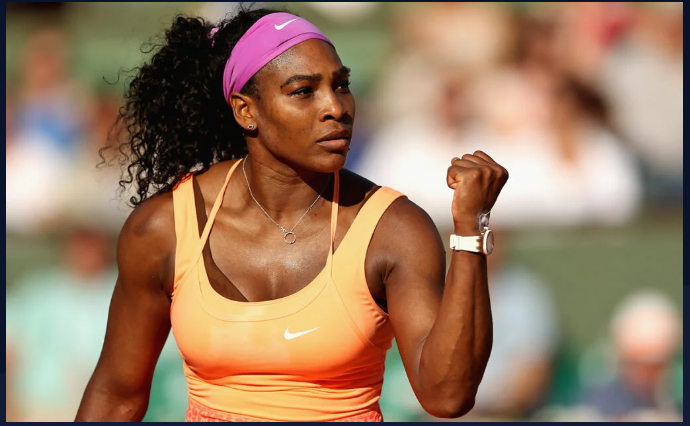
As we commemorate Women’s Day (March 8th), it is essential not only to celebrate the progress made in women’s sports but also to acknowledge the significant challenges that remain. The increasing popularity of women’s sports, such as the rising viewership of the Women’s National Basketball Association (WNBA), with stars like Angel Reese and Caitlin Clark captivating audiences, demonstrates meaningful progress. Similarly, the 2023 Women’s World Cup finals set record-breaking viewership numbers in Spain and England, further highlighting this growth.
Despite these milestones, gender disparities in sports persist. Women’s sports receive comparatively less media coverage, and female athletes often have fewer opportunities to achieve the same financial success as their male counterparts. Addressing these imbalances requires a concerted effort from investors, brands, and broadcasters. Technology presents a unique opportunity to enhance the visibility of women’s sports and foster greater gender equity in the industry.
The Surge in Women’s Sports
The growth of women’s sports can be viewed from two perspectives. On one hand, established leagues have gained substantial traction. For instance, the Women’s Euro 2022 football tournament attracted over 360 million viewers, showcasing the increasing demand for female-led sports content.
On the other hand, new leagues are emerging, such as the Professional Women’s Hockey League (PWHL), which launched in 2023 and quickly gained a strong fan following. Additionally, sports like pickleball, where female athletes make up nearly 40% of the player base, are creating new spaces for women in sports.
Fans of women’s sports are not just passive spectators—they are highly engaged. They attend matches, purchase team merchandise, and follow athletes across social media platforms. This loyal fan base demonstrates a strong appetite for more content and deeper engagement, underscoring the need for increased visibility beyond traditional coverage.
Harnessing Technology to Promote Equity
Achieving broader representation in women’s sports requires more than advocacy—it demands action. By leveraging technology, stakeholders can drive real change in how female athletes are showcased. Advancements in digital broadcasting, artificial intelligence, and data analytics can create new opportunities for both well-established and emerging women’s leagues.
Currently, traditional broadcasting constraints limit what fans can access. Linear TV networks often have to choose between airing men’s or women’s sports due to time slot restrictions. However, digital platforms eliminate this issue by offering flexible, on-demand access to content.
For instance, streaming services like Disney+ Hotstar allow sports fans to watch live events and share content across multiple platforms. Features such as live streaming, second-screen viewing, and social media integration enable broader coverage of women’s sports, providing a more inclusive experience that highlights athletes beyond the mainstream stars.
Digital-first platforms also offer personalization, which is a game-changer for audience engagement. Unlike traditional broadcasts that follow a one-size-fits-all approach, streaming services can tailor content to individual preferences. For example, one viewer may prefer a feed focusing on in-depth game analysis, while another may enjoy content highlighting player profiles and behind-the-scenes stories. This level of customization resonates particularly well with younger audiences who are accustomed to social-driven, interactive experiences.
Artificial intelligence plays a crucial role in this transformation. AI-powered video editing tools enable real-time content production, allowing broadcasters to generate highlight clips and feature specific players or moments instantaneously. By leveraging these technologies, sports leagues can amplify the presence of underrepresented female athletes, helping them gain recognition and build their fan base.
The Economic Impact of Visibility
Greater visibility directly translates into financial growth for female athletes. Currently, sponsorship deals and endorsement opportunities are often limited to a select few high-profile women in sports. Expanding digital coverage and utilizing AI-driven content creation can level the playing field, allowing a broader range of athletes to attract brand partnerships and monetization opportunities. This shift not only benefits individual athletes but also strengthens the overall sports ecosystem.
Technology as the Catalyst for Lasting Change
Technology and data have the potential to dismantle historical gender disparities in sports by offering female athletes the platform, recognition, and financial backing they deserve. The current surge in women’s sports is not a passing trend—it signals a transformative shift. By embracing digital advancements, fostering deeper fan engagement, and implementing innovative monetization strategies, women’s sports are poised for long-term growth and sustainability.
Now is the moment to fully harness the potential of this space. By adopting cutting-edge technological solutions, the sports industry can cultivate a more inclusive, diverse, and equitable future—one where all athletes, regardless of gender, have the opportunity to thrive.








